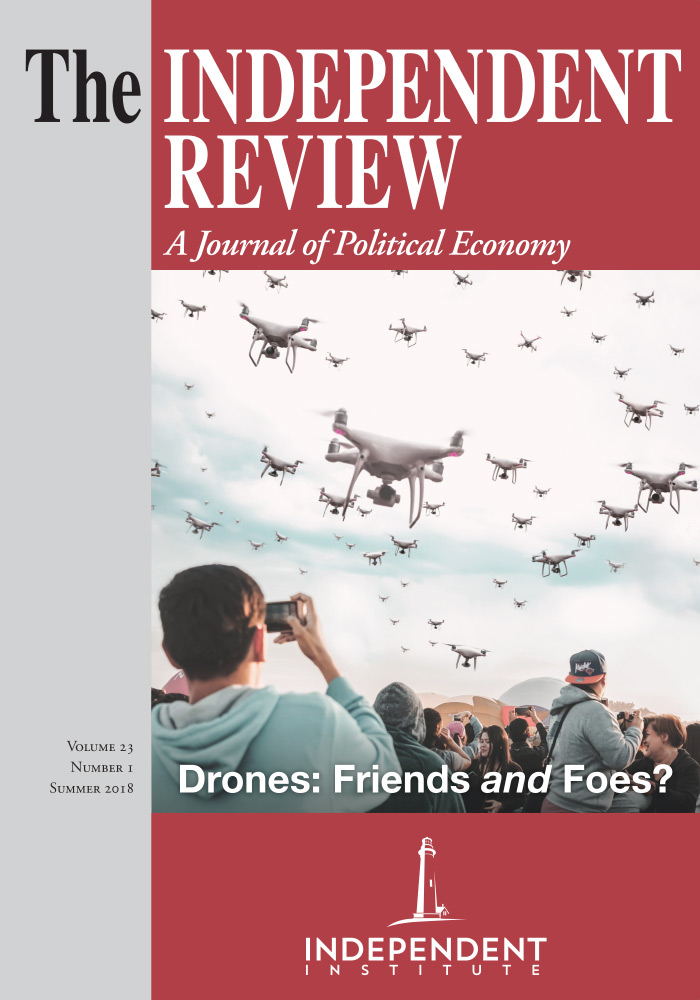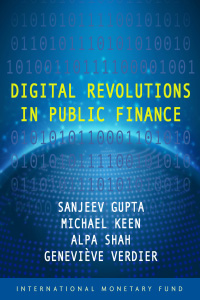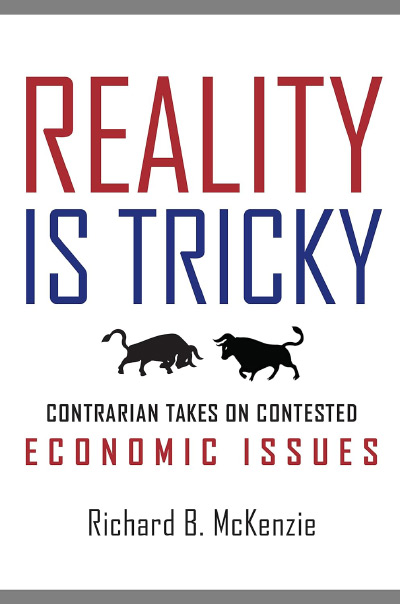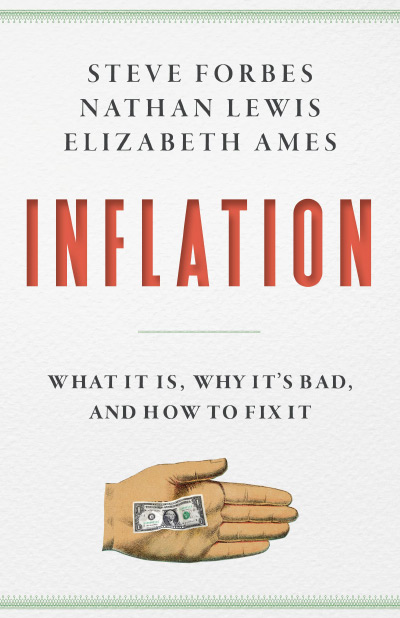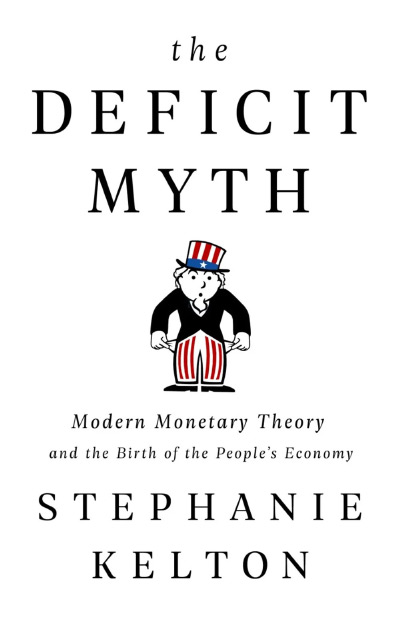Advancing digitalization throughout the world’s economy effects many aspects of public finance: tax policy, administration, and enforcement; fiscal management; currency provision; and the delivery of public services and social programs. Digital technology increasingly enables governments to collect, verify, store, and process revenues, payments, and collateral information in real time and at low cost. This not only entails greater efficiency and effectiveness for performing traditional fiscal functions, but also raises possibilities for increased tax efficiency, and introduces the flexibility needed to address challenges and opportunities posed by the increasing digitalization of the commercial economy. Conversely, information technology greatly enhances the potential for governmental abuse. Developments along each of these lines have progressed further than might casually be imagined.
An International Monetary Fund (IMF) publication, Digital Revolutions in Public Finance (2017), explores the gamut of these recent developments. The book, a collection of thirteen essays underwritten by the Bill and Melinda Gates Foundation, contains a wealth of facts and insights that will stimulate the imagination of public finance professionals, students, and laity alike. Essays are authored by twenty-nine contributors drawn from international organizations, academic institutions, and economics consultancies. The volume is a worthwhile read made irresistible by the offer of a free download.
The editors’ introductory essay outlines the volume’s scope. Generally,
The effectiveness of fiscal policy—the collection and use of resources to stabilize the economic cycle, pursue distributional objectives, and enable public spending—depends crucially on the information and technologies available to government, and how it exploits them. Governments stimulate the economy during recessions and retrench during booms. They tax in order to finance social safety nets, health and education services, infrastructure, and so on. The design and implementation of fiscal policy is therefore fundamentally shaped by the reliability, timeliness, and detail of the information available to the government about the economy and its actors. This includes taxpayers’ incomes and assets, the identity and circumstances of social program beneficiaries, the employment status of workers, the size of the output gap, and the magnitude and timing of government transactions. By transforming the way in which governments can collect, process, and act on information, digitalization is reshaping the formulation and implementation of these policies—a process that has only just begun. (p. 1)
More specifically (and sometimes fancifully), the editors note that “[t]he ability to monitor and unify information on taxpayers’ income, consumption, and wealth on a timely basis offers scope to rethink the design of tax policy. ... Technology that allows electronic tracking and tagging of individual consumer purchases could pave the way to more innovative and progressive systems of consumption tax, for example, by tracking (and taxing) lifetime consumption” (p. 6). The editors outline the means by which “[d]igitalization can allow governments to implement more sophisticated tax systems than are currently in place. For example, tax liabilities could be conditioned not only on the taxpayer’s current yearly income, but also on income earned in different periods, income earned by spouses, asset holdings, and so on. By conditioning tax schedules on more information, the government can target income redistribution better and potentially in more efficient ways” (p. 12). One essay along this line considers how deadweight losses could be lessened by nonlinear tax schedules that are “conditioned on immutable household characteristics that can be verified and that are correlated with earning ability—age, gender, unemployment, illness—or related to distributional objectives (“needs”)—children, non-working dependents, disability, health” (49). Thinking globally, the editors note that “in an ever more interconnected global system, greater digitalized coordination may be necessary for resolving the international tax challenges exacerbated by the commercial digital revolution” (p. 12). The editors and authors alike reflect on the merits of digital cash, a topic explored recently in an influential work by the IMF’s former chief economist, Kenneth Rogoff, in The Curse of Cash (Princeton Princeton University Press, 2016).
Less cheerfully, while “data systems can be used for more efficient and targeted tax and spending policies, in the wrong hands they could easily be used to cause social and economic disruption. Indeed, recent years have seen intrusions of privacy with hacking, leaks, and ransom attacks at major government institutions worldwide, highlighting the vulnerability of government systems to outside intrusion. ... Criminals have already proved remarkably adept in attacking tax systems” (p. 10). Digitalization also “will not remove the institutional constraints under which fiscal policy must often operate, for example, where public and private incentives are not aligned, access to markets is limited for large segments of the population, or property rights are ill-defined” (p. 10). Digitalization also “does not solve one fundamental problem of public finance: the inability to observe private information to distinguish between individual ability, effort, and luck. An ideal tax and transfer system would be based not on an individual’s income, but rather on her initial circumstances and characteristics. The debate has only just begun as to whether these characteristics might at some point become observable, and then subject to manipulation” (p. 10).
The volume’s essays examine digitalization’s effects across the breadth of public finance. One essay considers the fiscal challenges posed by corporations using digitalization to shift profits from high-tax to low-tax jurisdictions, using both creative cost accounting practices that separate profits from actual economic activity, and “inversions” that relocate nominal company headquarters to tax-advantaged jurisdictions. Another essay documents the ways by which digital mobile phone platforms foster economic development by reducing the extent of corrupt “leakages” often associated with social transfers, by providing for medical record-keeping, by distributing weather information and agricultural commodity prices, and by facilitating education programs. Another essay documents the use of experimental economics to test behavioral reactions to tax changes in situations where “compliance is determined by a complex mixture of financial, social, moral, and psychological factors” (p. 113). Another essay explores the potential uses of blockchain computing. Each essay stands as an interesting study in itself.
Digitalization’s actual and potential welfare gains are shown to be non-trivial. One essay describes how “[m]oving from cash to digital for government payment expenditures and receipts yields three main types of benefits: reducing leakage, eliminating fraudulent payments and tax evasion, and reducing the costs of payment processing within the government” (p. 308). Cost-benefit calculations indicate that “digitalizing government payments in developing countries could save roughly 0.8–1.1 percent of GDP, equivalent to $220–$320 billion annually. This is equal to 1.5 percent of the value of all government payment transactions, and is more than all official development aid to emerging market economies in 2015. ... roughly 0.5 percent of GDP—about $105–$155 billion each year—would accrue directly to the government; the remainder benefits individuals and businesses” (p. 305–306). The magnitudes are impressive, and yet “[t]hese estimates may well underestimate the value of digitalizing public finances, as they leave aside potentially significant second-order effects arising from the improvement in government service delivery, including encouraging more widespread use of digital finance in the private sector, and shifting of economic activity from the informal to the formal sector” (p. 20).
Rather than levying proportional consumption taxes, digitalization conceivably enables government to implement progressive consumption taxes based on sales records in order to “redistribute more income for the same consumption tax rates, or lower consumption tax rates can be set for the same amount of income redistribution” (33). By the same token, digitalization enables revenue-maximizing governments to increase rates, revenues, and income redistribution in unison by reducing opportunities for tax avoidance and evasion. “Whether governments would like to implement such tax reforms is determined not only by the economic benefits of having better tax enforcement or more efficient tax systems, but also by horizontal equity, privacy concerns and avoiding abuse of state powers” (p. 51). One essay concludes that:
Government can use the information provided by digitalization for both good and bad. Digitalization raises issues about the quality of government institutions and the protection of the privacy of citizens. Digitalization can improve tax systems, increase economic efficiency, and promote equity in countries with good institutions, well-functioning democracies, enforcement of the rule of law, and strict protection of the privacy of citizens. However, more digitalization may well prove counterproductive in countries with bad institutions, greater corruption, more authoritarian regimes, little or no rule of law, and no protection of the privacy of its citizens. Indeed, greater use of information can also enable bad governments to better realize bad policy objectives. (p. 52)
Digitalization reifies Fascists’ dreams of bringing everything within the state. It also raises the specter of Marx’s Gotha Program dictum: “From each according to his ability, to each according to his needs!” Just as Lenin defined communism as “socialism plus electricity,” pubic finance has the potential to become “socialism plus digitalization.” Along this line, one essay considers—skeptically, but for the sake of completeness—the extent to which digitalization may, in the future allow governments to determine the earning potential of every individual: “If earning ability would indeed become verifiable, the incentive problem that is central to optimal tax theory vanishes, and first-best outcomes can be achieved” (p. 34). Another essay ventures further by considering progress being made in digitalized genetic research: “suppose we conclude that what matters for economic potential is an individual’s genetic code. ... the tax system will then impose redistribution from those with genetics linked to economic success to those with less successful genetics to a degree that is merited by social perceptions of equity (p. 138–139). These prospects are daunting.
Readers might come away with an uneasy sense that the digitalization of pubic finance is a boon to the IMF’s client nations worldwide, but only at the cost of diminished freedom. The book thus warns, if only in passing, that interested parties, other than governments and their international organizations, must pay close attention to ongoing developments in public finance, constantly balancing opportunities for increased efficiency against normative notions of individual liberty.
Conservative public finance economists sometimes assert, only half facetiously, that inefficient taxes are preferable overall. Inefficiency, they argue, constrains governmental overreach, in part by enabling individual citizens to escape extortionate levies simply by altering their patterns of consumption and effort, and by shifting their geographic location—classically liberal options that are threatened by digitalization.
| Other Independent Review articles by James A. Montanye | ||
| Winter 2015/16 | Does Altruism Exist?: Culture, Genes, and the Welfare of Others | |
| Fall 2014 | The Great Debate: Edmund Burke, Thomas Paine, and the Birth of Right and Left | |
| Fall 2014 | Ambition, a History: From Vice to Virtue | |
| [View All (24)] | ||

